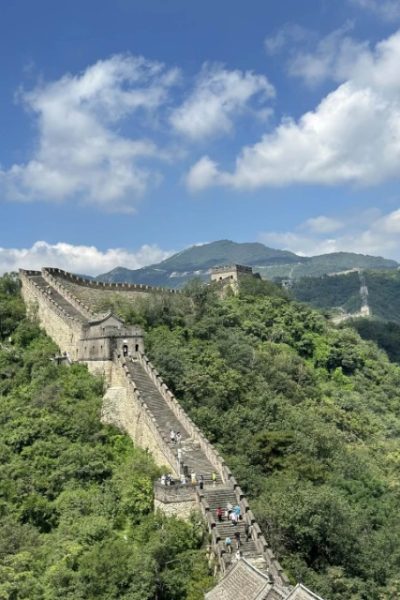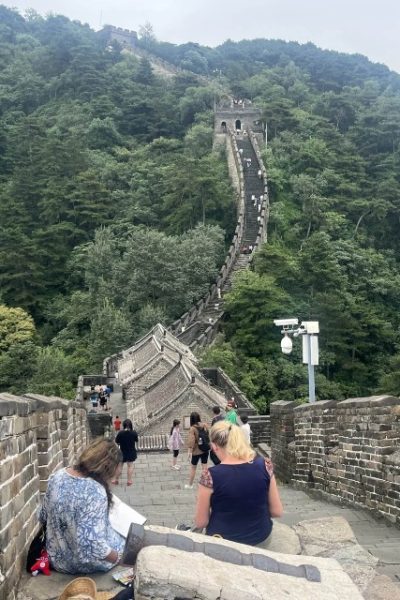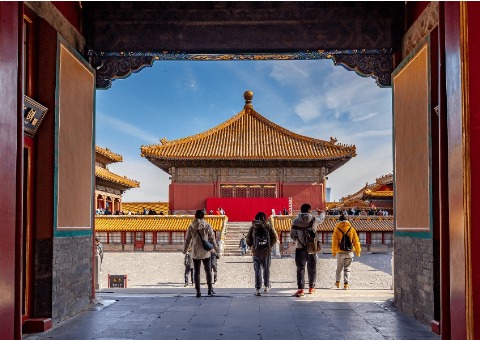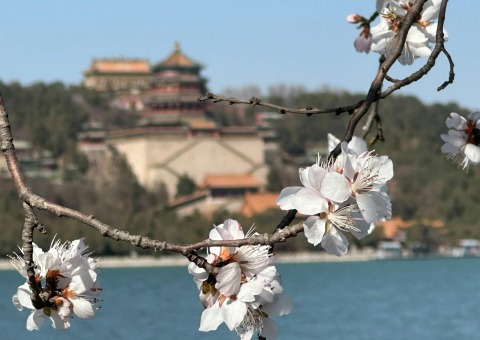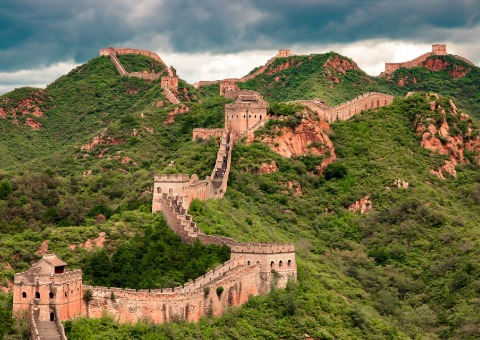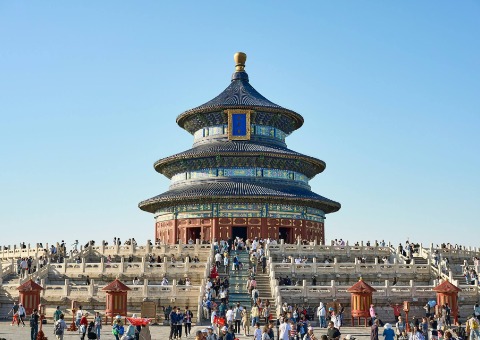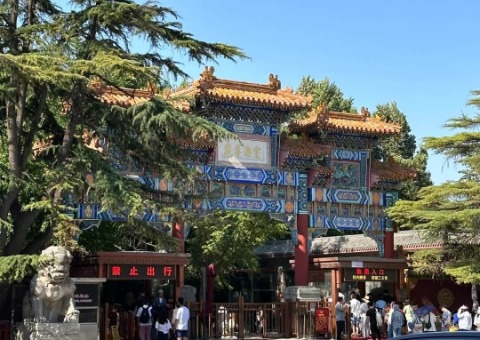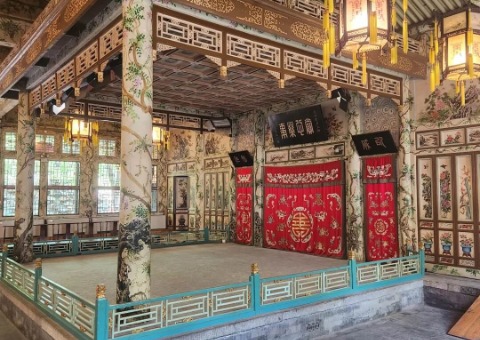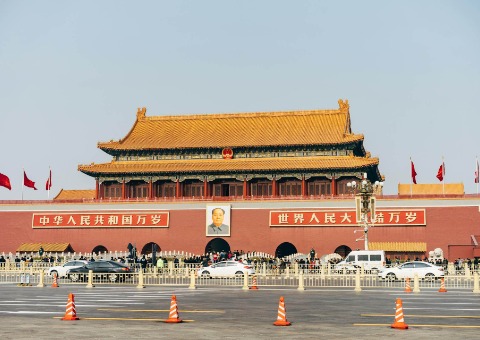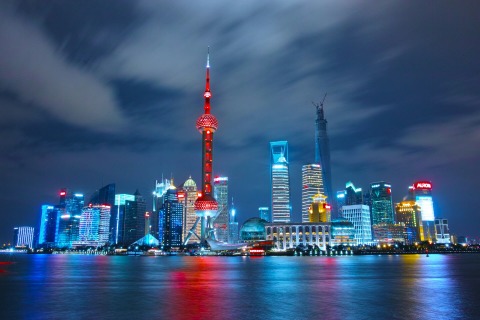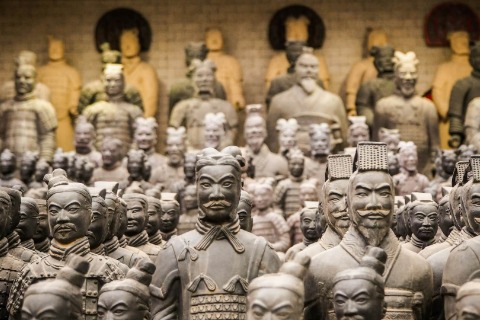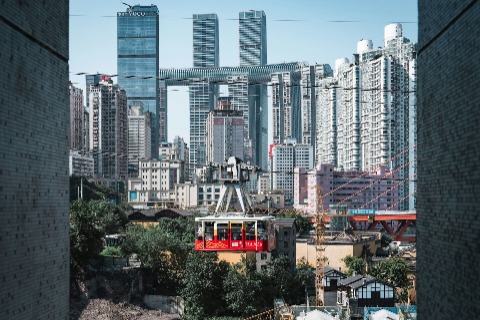The Great Wall
The longest wall in the world, 21,196.18 kilometers
The Great Wall of China is the longest man-made structure in the world and is celebrated as one of the Seven Wonders of the World. In 1987, it was designated a UNESCO World Heritage Site. Originally constructed as a military defense structure, the Great Wall began over 2,000 years ago during the Spring and Autumn and Warring States periods. Its construction spanned more than two millennia, starting with the “Square Wall” built by the State of Chu in the 7th century BC and continuing through the Ming Dynasty Wall, with over 20 different feudal states and dynasties contributing to its historical significance.
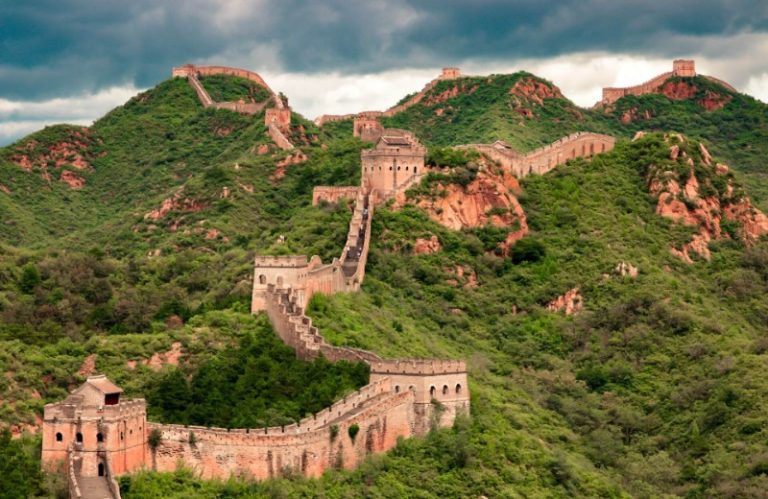
Highlights
Badaling Great Wall (Chinese name: 八达岭长城)
The Badaling Great Wall is one of the earliest opened sections of the Great Wall and remains the most visited. It was originally built in the 18th year of the Hongzhi era of the Ming Dynasty (1505 AD). This section of the Wall is known for its rugged terrain and commanding views. After repairing the watchtower and some sections of the wall in 1953, Badaling was designated as a Beijing tourist destination, with approximately 3,741 meters open for visitors.
Badaling has two sections. The northern section is the most famous and about 2,400 meters long. The southern section is shorter, around 1,300 meters. Visitors can walk or take a cable car. If you have time and energy, exploring both sections is a great idea. If you’re short on time, just pick one based on your preference!
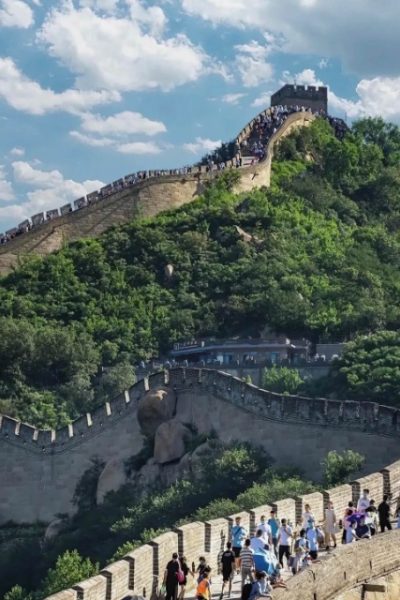
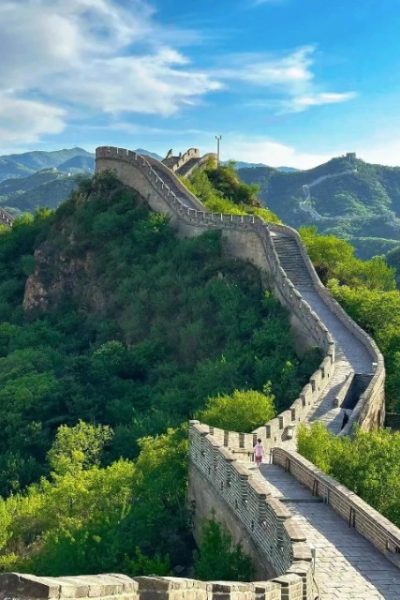
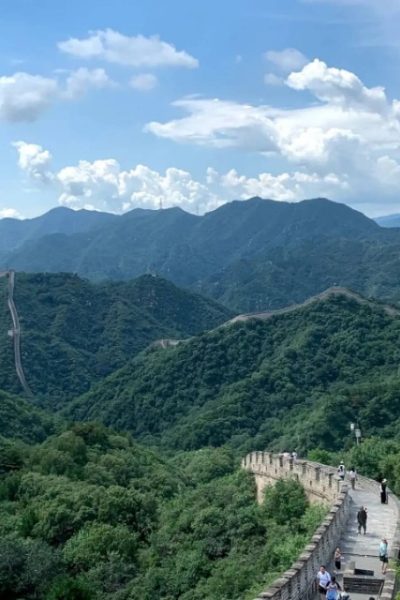
Mutianyu Great Wall (慕田峪长城)
The Mutianyu Great Wall is really well-preserved, stretching 5,400 meters long. This section has lots of Ming Dynasty architecture, like walls and watchtowers, making it an important spot for studying ancient military defense.
Unlike other parts of the Wall, Mutianyu has wider walls—some are up to 7.8 meters high—so it’s great for walking and climbing. The watchtowers here are also in great shape and were key for sending military signals back in the day.
Another cool thing about Mutianyu is its more authentic restoration. It keeps more of its historical character compared to other sections of the Wall.
The area experiences four distinct seasons, with vegetation coverage exceeding 96%. In spring, the mountains are adorned with blooming flowers; in summer, the landscape is lush and green; in autumn, the hills are covered with red leaves; and in winter, the scene transforms into a snowy wonderland. The Great Wall is beautifully set against the backdrop of green mountains and clear waters, blending ancient history with natural beauty to create a unique and picturesque tourist attraction in Beijing.
